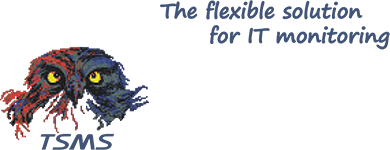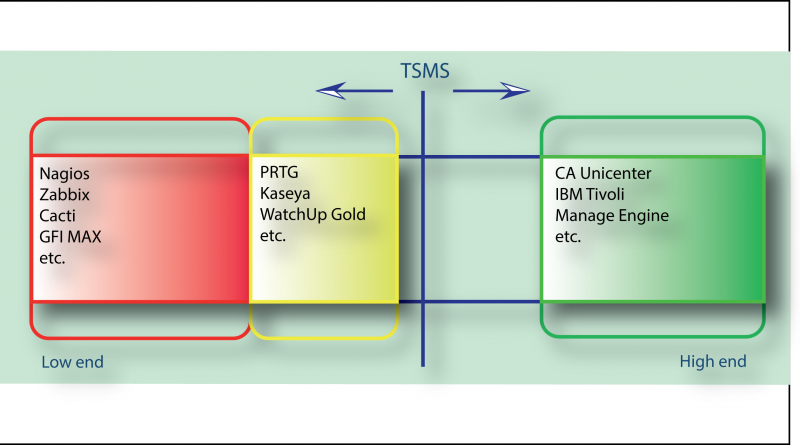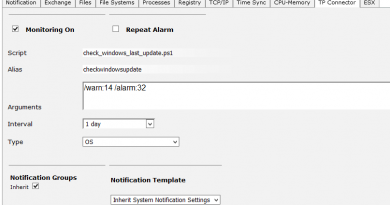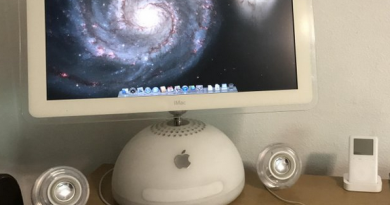Free IT monitoring
Free!
The Dutch are known and notorious for it. Giftbags, we love it. It’s free? Then give it along. But are we also like this in the business world? Yes, of course!
Free IT monitoring
Take our area of interest: IT monitoring. Many free tools are offered, open source tools such as Nagios, Zabbix and Cacti are the first to be put forward by administrators, but also the simplified versions of the commercial parties are often free. These tools are very versatile, adaptable and can provide certain monitoring needs. If this is suitable for you, depends on your environment, time, budget and knowledge.
Free and open source
Many commercial tools have a free entry-level model with a limited number of devices for a small environment. These are easy to install and often have the functionalities of their paid version. However, if you do not intend to ever pay for your monitoring, open source is a better solution. You do not come up against the limits of the free version when expanding the network. After which the cost price can rise considerably, especially if toolings use a sensor-based price model.
Benefits and risks
The Open Source tools are very versatile. Much can be monitored and with the help of plugins and self-written scripts the monitoring can be adapted to the environment. Once adjusted, you have a good start for a complete monitoring of your network. Only the implementing and adjusting … A Nagios user once described it as follows: “I’m running a distributed Nagios setup. It was a pain to implement. Took about one FTE for two months.” The implementation of an Open Source solution requires a great deal of knowledge and time, also because there is often little help desk and support. This means that changes in personnel or the IT environment can have major consequences for the IT monitoring. For example, the knowledge of the monitoring can disappear with one staff member and changes in the IT environment are noticed too late or not.
“Free’s my favorite price!”
– Juliet Blackwell, Author
Conclusion
To determine the choice between Open Source, a commercial free version or the paid version, the following has to be taken into account:
By answering these questions, the choice becomes a lot clearer and in this regard, it has been seen many times, how cheap works out more expensive, but by the time that this realisation dawns, it is usually too late.
- What is the IT environment and what are the monitoring needs
- What is the available implementation time?
- What is the budget?
- What is the current knowledge and FTEs in the company?




